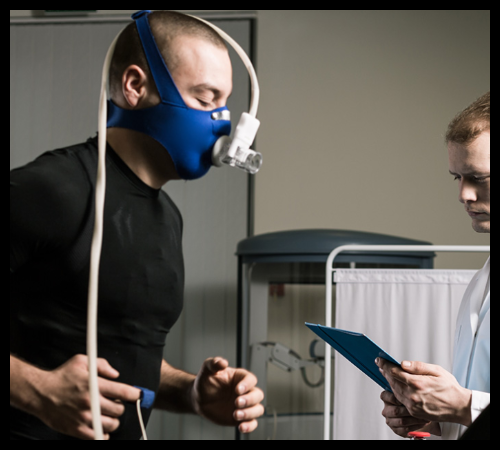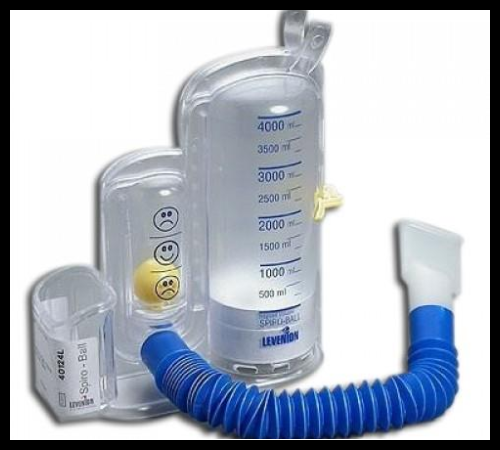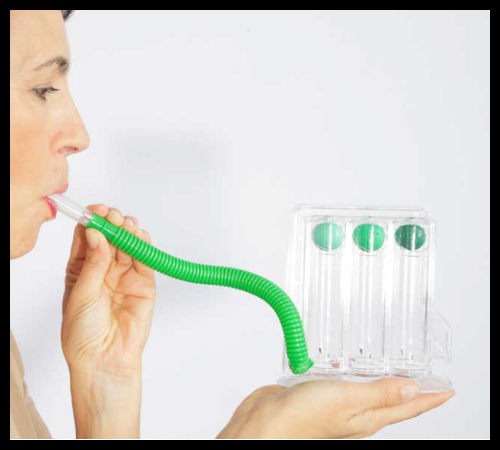WHAT IS VO2 MAX
by xenonwarrior · Published · Updated
VO2 Max is the ultimate indicator of cardiovascular fitness. As its name implies, it measure the Volume of O2 that you consume at your Maximum workout load. “VO2 max is widely accepted as the single best measure of cardiovascular fitness and maximal aerobic power.”
Just about every endurance fitness product on the planet claims that it “improves your VO2 max,” but none of them offer a guarantee. XenAir’s policy is simple.
1. Take a VO2 Max test. (You must not have previously used the XenAir Lung Exerciser).
2. Use XenAir’s Lung Exerciser for 30 days (3-5 minutes a day, 3 times a week). Keep a record of your workouts.
3. Take another VO2 Max test.
If your VO2 Max didn’t improve, you get your money back.
So, here is the “fine print.” You can come into our Southern California facility and take both tests for FREE. It is done on a bicycle with a Korr CardioCoach CO2. You can bring your own bike, or use ours. The trainer is a Wahoo Fitness Kickr. This will also tell you your peak wattage. We don’t do a treadmill test because keeping the mask in place on a treadmill is very difficult (See the picture above for an idea of how firmly it needs to be strapped in).
If you can’t make it to Southern California, you can get the tests done at any reputable testing facility — if you aren’t sure, just ask us before you go. You will have to pay for these tests yourself and they typically run about $150 each. In addition, you will need to pay for the shipping of the XenAir Lung Exerciser
You must be physically fit and able to exercise at levels up to your maximum heart rate. Talk to your doctor prior to doing this test — it is not an easy test.
How does the Lung Exerciser increase my VO2 max?
The Lung Exerciser uses a heavy mixture of atmospheric gases to increase the breathing resistance through the full range of lung motion. Unlike masks and tubes that restrict breathing, the Lung Exerciser resists breathing using a heavy atmosphere. This allows you to breath full and complete breaths and work your lungs through the full range of motion.
You can easily see this on your own if you already own one of the masks or breathing tubes. Put a high degree of resistance on the device and hold it up to your mouth. Breath in as hard as you can until you can’t breath in any more. Now, take the mask away from your face and see if you can breathe in some more. Typically, you can. What this shows is that the device is only training the “middle” range of your lungs — which is where they are strong enough to overcome the resistance of the valve.
This is essentially the problem with any valved type of respiratory resistance training. Your lungs exert different forces at different times. When your lungs are empty, they can exert a large force to inhale quickly, but as they fill up, the amount of force being exerted decreases. In order to strengthen the lungs, the resistance needs to be high enough on the valve to provide resistance to your initial force. However, this resistance will be too much for the end part of your breath.




Recent Comments